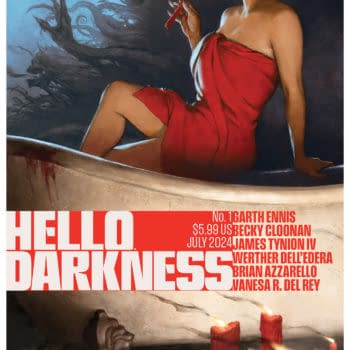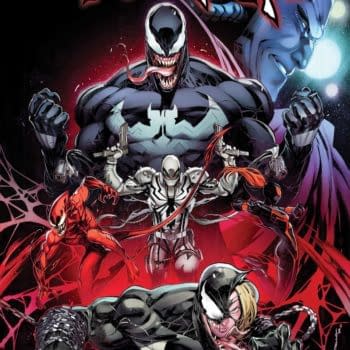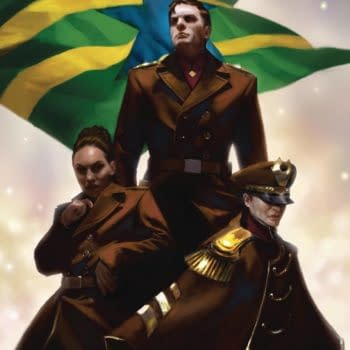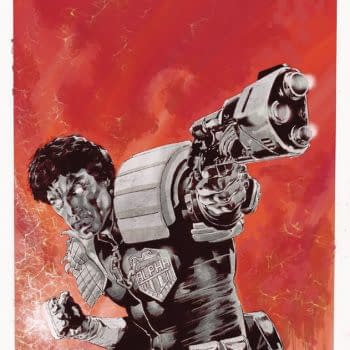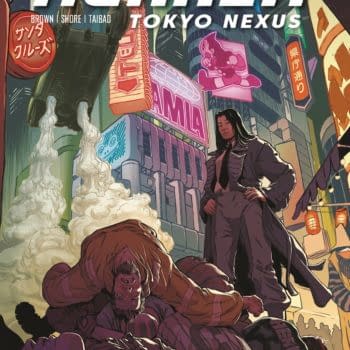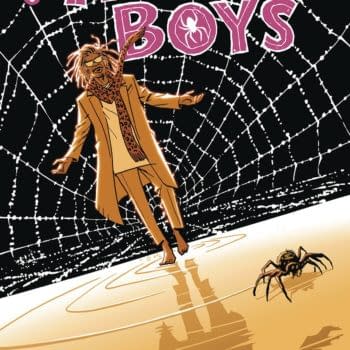Posted in: Comics, Recent Updates | Tagged: Clem Robbins, Comics, entertainment, horror comics, image comics, jock, Matthew Hollingsworth, scott snyder
Advance Review: Wytches # 4 – Nesting Behavior Ain't Pretty
Scott Snyder has been warning us for some time that we really might not like the human characters in the Image series Wytches if we knew them better, and especially the most carefully set up as identification characters, the Rook family. In Issue #3 when Charles started to unravel a little, unsure of what was real and what was not (encouraged in his soul-shaking doubt by the skepticism of every other onlooker), you might have caught the faint whiff of some kind of past guilt coming off him, some instability about his relationship with Sailor that might stem from more than had yet been explained.

In Issue #3, we caught a glimpse of Sailor disappearing at an amusement park and her father's raw panic looking for her. In this issue we get what strikes me as the evil "Mirror, Mirror" (Star Trek reference to a beared Kirk) version of a similar event when she's a little older where at an abandoned amusement park, Sailor's father, while drinking heavily, essentially bullies her into outrageously risky behavior in an attempt to put to rest his own inner demons (my assessment on motivations, anyway). He's so afraid she'll turn out like him, still internally full of fears (he protests too much that he's overcome them) that he wants to "break" her of her fears, more or less. Wytches is a horror book, no doubt, but this is the most horrifying scene so far, and there aren't even any elastic-jawed, blood-dripping creatures to be seen. Just one really selfish and misguided parent. I'll note that as especially in Issue #3, Matthew Hollingsworth's experimental use of color layers has a lot to do with making the reader feel sympathetically uncertain and nervous during heightened scenes.
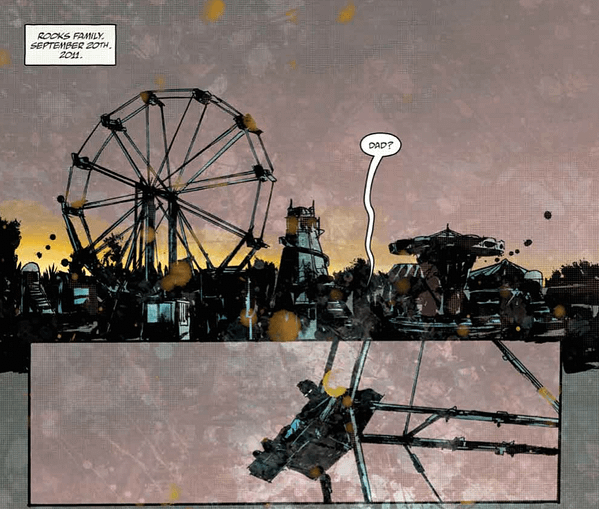
You never have to look very far in this series for interesting parallels between human characters and the "other", and the ways in which humans belay their own humanity in ways that will shock you, leaving the scary creatures who only obey their own nature somehow less culpable. I think that the Rook family has built themselves a new nest in their new home, with Charlie even adjusting a chair lift for Lucy and Sailor attempting to settle into school. They've left behind a home that's been tainted and they hope to start something new. Only they haven't left it all behind. The Wytches seems to make sure of that. I'd also like to suggest, though, that Charles has brought a lot of pretty scary baggage with him. He's made his family relationships rather slimy and dangerous, he's made it a place where Sailor can't tell them what's going on with her or get help (as Lucy says in this issue, she had been trying to tell them for some time that things weren't right). And who knows, maybe Lucy has some baggage we'd shudder to know about too. There's plenty of deep mystery remaining in Wytches, most pointedly around the Rook family right now.
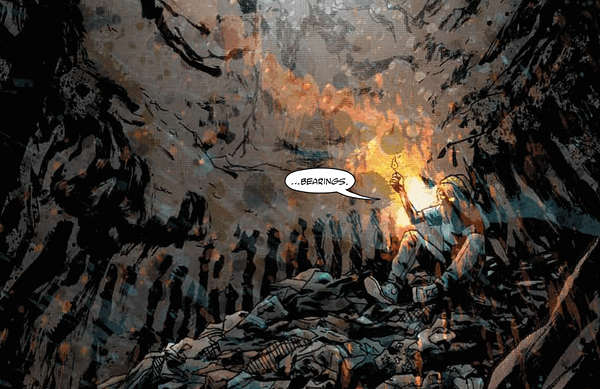
Sailor has entered the home of the Wytches, they want her as a scion of theirs in some way, and they want this to be her home too. It also puts a spin on old changeling fairy stories of stolen children. Sailor is being compelled to exchange one dwelling and way of life for another. It's a horrible place that terrifies her, but you know what? She's seen terrible things at home, too. To take this to extremes that are my own, and well beyond the intention of the creative team, I'm sure, we might even say that the Wytches really want Sailor in a way that may be even more compelling than her family.
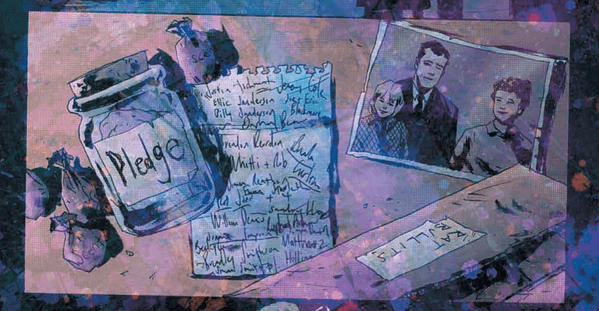
I won't leave you on that low note, though—there's something really interesting in this issue that suggests Sailor may have a thing or two to say about her own fate and may be more self-aware than she's been allowed reveal in the context of her family life. When I consider the pieces of this puzzle, I also realize that Sailor stole a school bus, went into the woods, and voluntarily left her family "nest", and now, in Issue #4, is fleeing the Wytches' nest too. They just aren't hospitable environments, in the end.
This is an issue not to miss because there are a lot of major revelations readers have been waiting for. Also, the fully 2000 word essay by Scott Snyder on how he came to love horror literature—featuring a fairly harrowing story from his childhood—is included to complement this installment.
Wytches #4 will be available to freak you out and make you think this Wednesday, February 4th.










